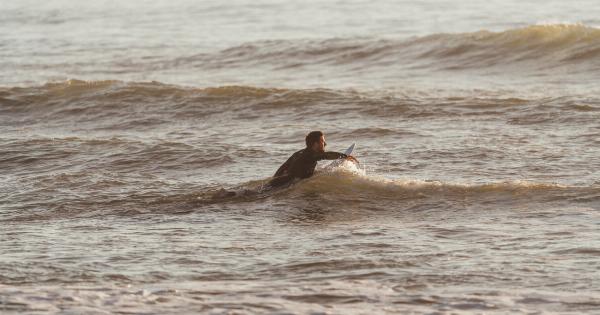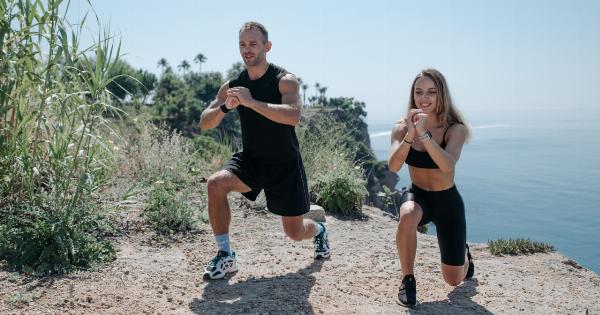As global temperatures continue to rise, it is crucial for individuals to be prepared for high-temperature conditions. Extreme heatwaves can have severe health effects and can even be life-threatening.
In light of this, the International Safety Association (ISA) has developed a set of guidelines to help citizens safeguard themselves during high-temperature episodes. This article aims to provide an overview of these guidelines and suggest practical tips for individuals to remain safe and healthy when temperatures soar.
Understanding High-Temperature Preparedness
Before delving into the specific guidelines, it is important to understand the concept of high-temperature preparedness. This term refers to the proactive measures individuals can take to protect themselves from the adverse effects of extreme heat.
High-temperature preparedness involves actions such as staying hydrated, seeking shade, and minimizing outdoor activities during the hottest parts of the day.
1. Stay Hydrated
Hydration is of utmost importance during high-temperature conditions. To prevent dehydration, individuals should consume plenty of fluids, especially water.
Avoid drinks that contain caffeine, alcohol, or high amounts of sugar, as these can contribute to dehydration. Keeping a water bottle handy and sipping fluids throughout the day is a good practice to maintain hydration levels.
2. Dress Appropriately
Choosing the right clothing can significantly impact how one copes with high temperatures. Opt for loose-fitting and light-colored clothes that allow air circulation and reflect sunlight.
Wearing hats with wide brims and sunglasses can also provide protection against harmful UV rays.
3. Seek Shade
When outdoors, it is crucial to find shade whenever possible. Direct exposure to sunlight can quickly lead to heat exhaustion or heatstroke. Stay under trees, awnings, or carry an umbrella to create a personal shaded area.
It is especially important to seek shade during peak hours when the sun is at its strongest.
4. Stay Indoors
Avoid unnecessary outdoor activities during extremely high-temperature conditions. If possible, stay indoors in air-conditioned or well-ventilated spaces.
If your home does not have air conditioning, consider visiting public facilities such as libraries, shopping malls, or community centers that provide cool environments during heatwaves.
5. Stay Informed
Stay updated on weather forecasts and heatwave warnings issued by local authorities. This will allow you to plan your activities accordingly and take necessary precautions.
Additionally, pay attention to any health advisories issued during high-temperature episodes to protect yourself and your loved ones.
6. Use Cooling Techniques
Implement cooling techniques to lower your body temperature. Apply cold towels or take cool showers to provide temporary relief from heat. Use fans or portable air coolers to maintain a comfortable indoor environment.
Electric fans can help improve air circulation and aid in evaporation, providing a cooling effect.
7. Check on Vulnerable Individuals
High temperatures can be particularly dangerous for vulnerable individuals such as the elderly, young children, and those with pre-existing medical conditions.
Check on your neighbors, friends, and family members who may need assistance during heatwaves. Ensure they are staying cool, hydrated, and have access to air conditioning if necessary.
8. Modify Outdoor Activities
Reschedule or modify outdoor activities to minimize heat exposure. If exercising outdoors, opt for early morning or evening hours when temperatures are cooler. Take frequent breaks and find shaded areas during physical activities.
Additionally, avoid hot surfaces like asphalt or sand, as they can significantly increase the heat around you.
9. Be Aware of Heat-Related Illnesses
Understanding the signs and symptoms of heat-related illnesses is important for early detection and prompt treatment.
Heat exhaustion, characterized by heavy sweating, weakness, headache, and dizziness, can progress to heatstroke if not addressed immediately. Heatstroke is a life-threatening condition and requires immediate medical attention.
10. Pets and High Temperatures
Do not forget about the well-being of your furry friends during high-temperature periods. Ensure that outdoor pets have access to shaded spaces and plenty of water. Avoid walking pets on hot pavement or surfaces, as this can burn their paws.
Be vigilant for signs of overheating in pets and seek veterinary help if necessary.




























